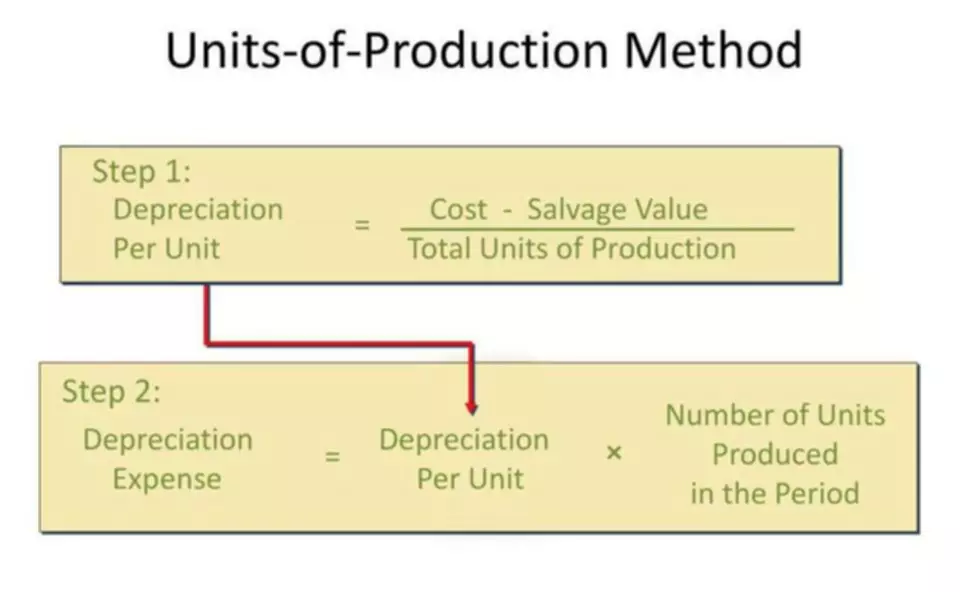Debits and Credits in Accounting: A Simple Breakdown
Content

The other part of the entry will involve the owner’s capital account, which is part of owner’s equity. Since owner’s equity is on the right side of the accounting equation, the owner’s capital account will decrease with a debit entry of $800. However, instead of recording the debit entry directly in the owner’s capital account, the debit entry will be recorded in the temporary income statement account Advertising Expense. Later, the debit balance in Advertising Expense will be transferred to the owner’s capital account. As noted earlier, expenses are almost always debited, so we debit Wages Expense, increasing its account balance. Since your company did not yet pay its employees, the Cash account is not credited, instead, the credit is recorded in the liability account Wages Payable. A credit to a liability account increases its credit balance.

While a long margin position has a debit balance, a margin account with only short positions will show a credit balance. The credit balance is the sum of the proceeds from a short sale and the required margin amount underRegulation T.
What is the Normal Balance of Retained Earnings?
In the accounting equation, assets appear on the left side of the equal sign. A sales journal is a subsidiary ledger used to store detailed sales transactions. Its main purpose is to remove a source of high-volume transactions from the general ledger, thereby streamlining the general ledger.

Liabilities, revenues, and equity accounts have natural credit balances. If a debit is applied to any of these accounts, the account balance has decreased. For example, a debit to the accounts payable account in the balance sheet indicates a reduction of a liability. The offsetting credit is most likely a credit to cash because the reduction of a liability means that the debt is being paid and cash normal balance of accounts is an outflow. For the revenue accounts in the income statement, debit entries decrease the account, while a credit points to an increase to the account. Whether the normal balance is a credit or a debit balance is determined by what increases that particular account’s balance has. As such, in a cash account, any debit will increase the cash account balance, hence its normal balance is a debit one.
Step 2: Normal balances of the accounts
In double-entry accounting, a credit to an asset account will represent an increase in the asset account balance, and a debit will represent a decrease in the asset account balance. Income has a normal credit balance and expenses have a normal debit balance. The other part of the entry will involve the owner’s capital account (J. Lee, Capital), which is part of owner’s equity. Since owner’s equity is on the right side of the accounting equation, the owner’s capital account is expected to have a credit balance and will increase with a credit entry of $5,000. Liability accounts will normally have credit balances and the credit balances are increased with a credit entry. Asset accounts normally have debit balances and the debit balances are increased with a debit entry.
- He then taught tax and accounting to undergraduate and graduate students as an assistant professor at both the University of Nebraska-Omaha and Mississippi State University.
- Typically a small-to-medium business keeps about $100 of cash on hand, but large corporations may have as much as $500, depending on their needs.
- Sales affects the balance sheet because sales generate revenue and revenue increases the company’s assets.
- The journal entry on the balance sheet should list a debit to the business bank account and a credit to the petty cash account.
- Nonprofit’s Chart Of Accounts In An Organization The chart of accounts is a highly detailed list of various account types an organization manages.
A normal balance is the expectation that a particular type of account will have either a debit or a credit balance based on its classification within the chart of accounts. The normal balance in the retained earnings account is a credit. This balance signifies that a business has generated an aggregate profit over its life. However, the amount of the retained earnings https://www.bookstime.com/ balance could be relatively low even for a financially healthy company, since dividends are paid out from this account. Consequently, the amount of the credit balance does not necessarily indicate the relative success of a business. Is the Office Equipment account classified as an asset, a liability, an owner’s equity, a revenue, or an expense account?
Margin Debit
In the accounting equation, liabilities appear on the right side of the equal sign. Sales credit is the extension of payment terms to the customer. In other words, sales, credit is when the sales transaction takes place at the current date, but the payment can be made at a pre-decided later date. Use the Chart of Accounts-Divisions view on the View Financial Setups screen to review and print the entire chart of accounts, if needed. You can use the following standard chart of accounts as a basis for your chart of accounts.
- For each annual payment that a company makes towards the bank loan, both the cash and bank loan accounts decrease.
- State whether the normal balance is a debit or a credit.
- For the revenue accounts in the income statement, debit entries decrease the account, while a credit points to an increase to the account.
- As mentioned above, liabilities represent a normal credit balance.
Reconciliation is an accounting process that compares two sets of records to check that figures are correct, and can be used for personal or business reconciliations. A debit balance is the remaining principal amount of debt owed to a lender by the borrower.
4 Rules of Debit (DR) and Credit (CR)
Owners’ equity accounts represent an owner’s investment in the company and consist of capital contributed to the company and earnings retained by the company. An account’s assigned normal balance is on the side where increases go because the increases in any account are usually greater than the decreases. Therefore, asset, expense, and owner’s drawing accounts normally have debit balances. Liability, revenue, and owner’s capital accounts normally have credit balances. You may find the following chart helpful as a reference.
What is in the Trial Balance?
What Does a Trial Balance Include? A trial balance includes a list of all general ledger account totals. Each account should include an account number, description of the account, and its final debit/credit balance. In addition, it should state the final date of the accounting period for which the report is created.
In this case, the purchaser issues a debit note reflecting the accounting transaction. There are several meanings for the term debit balance that relate to accounting, bank accounts, lending, and investing.They are noted below. The normal balance is basically what defines whether we should credit or debit the specific account in order to increase the balance. Compare And Contrast Financial Accounting Vs Managerial Accounting The importance of the balance sheet is to confirm that the ledger accounts are in balance. This report can be modified and manipulated to focus can be assets… If two amounts are recorded on the same side of the accounting equation, the equation will no longer be in balance. The normal balance of side where decreases are recorded.
The increase side of all accounts is the normal balance. Learn what accounts payable is by definition and its examples. Classify if it is an asset or a liability and be informed with the formula on how to calculate it.

Thus, if the entry under the balance column is 1,200, this reflects a debit balance. As mentioned, normal balances can either be credit or debit balances, depending on the account type. Petty cash is a current asset and should be listed as a debit on the company balance sheet.



